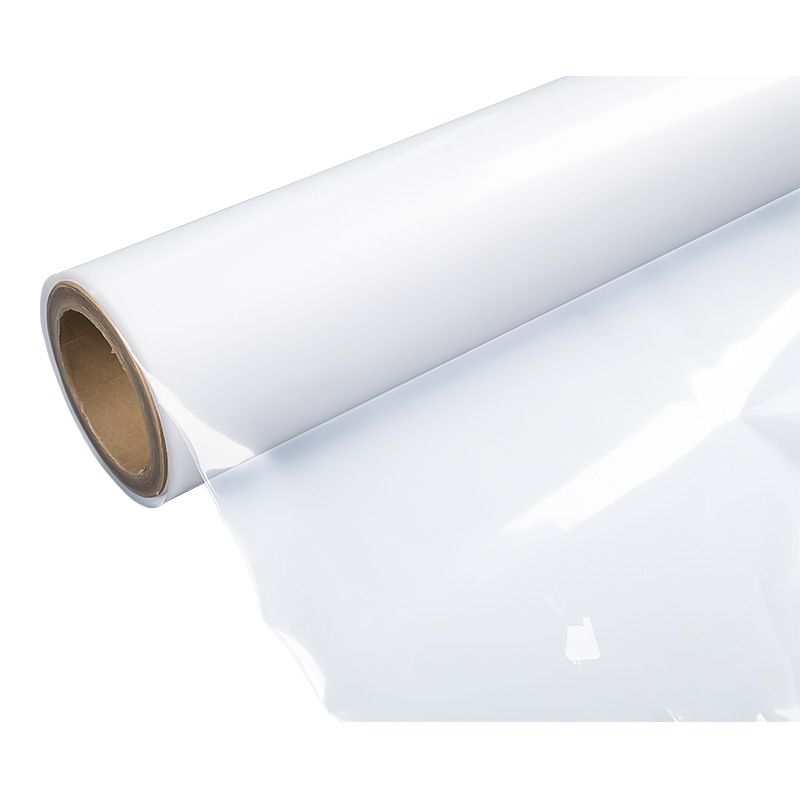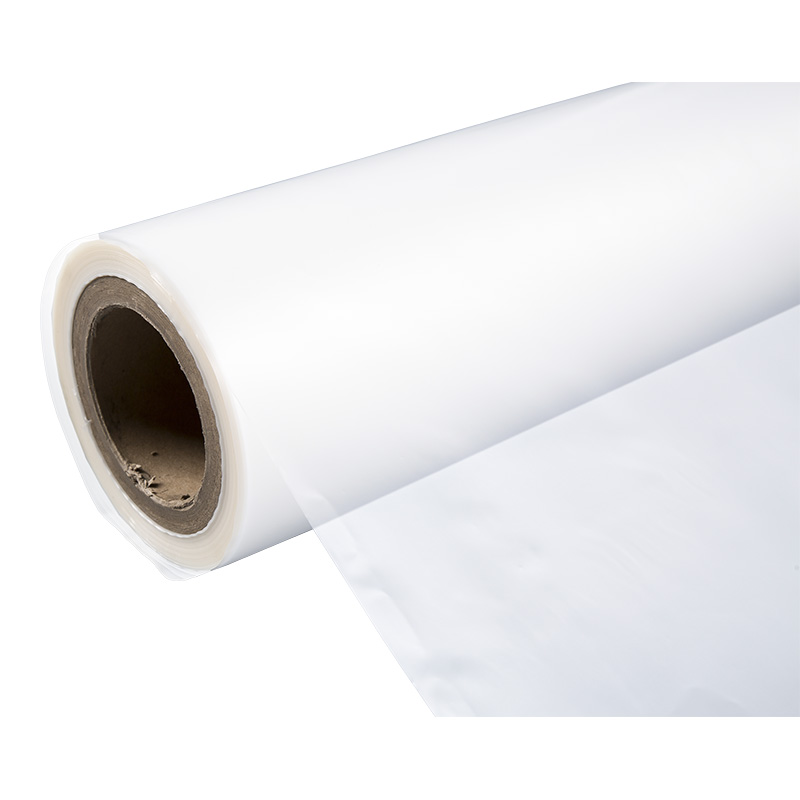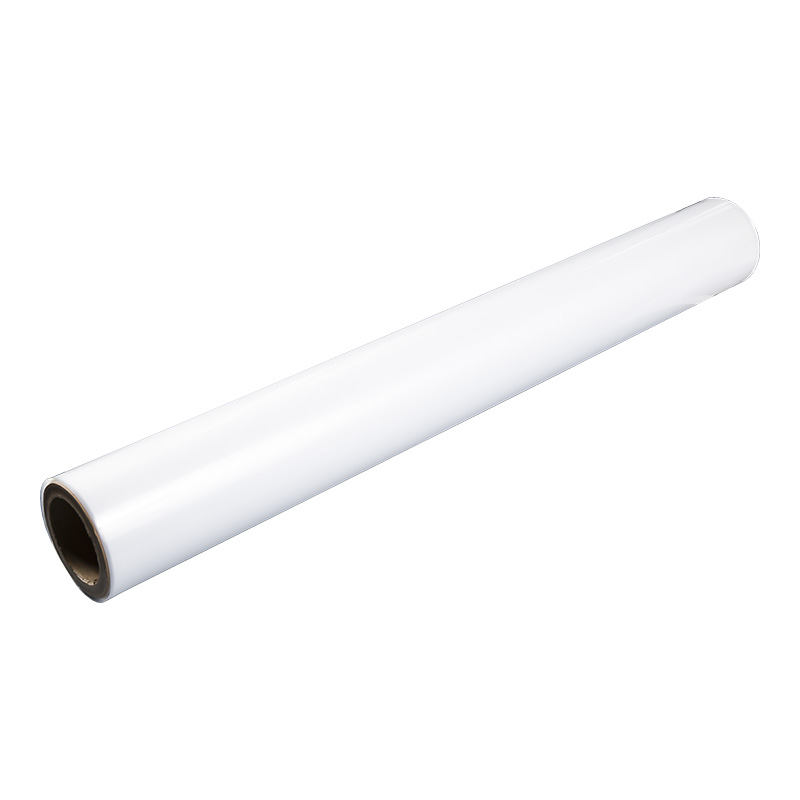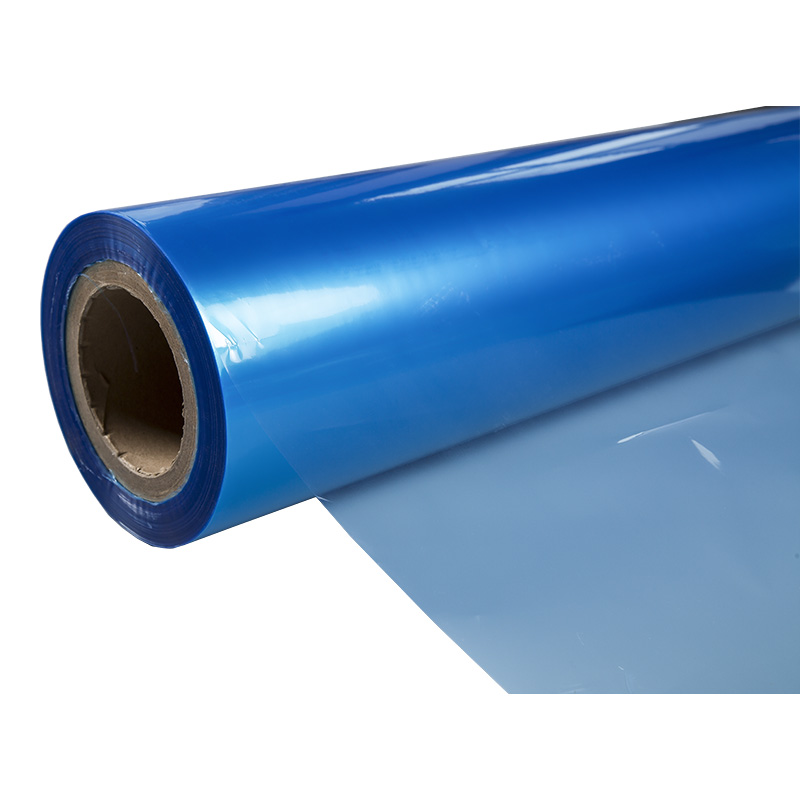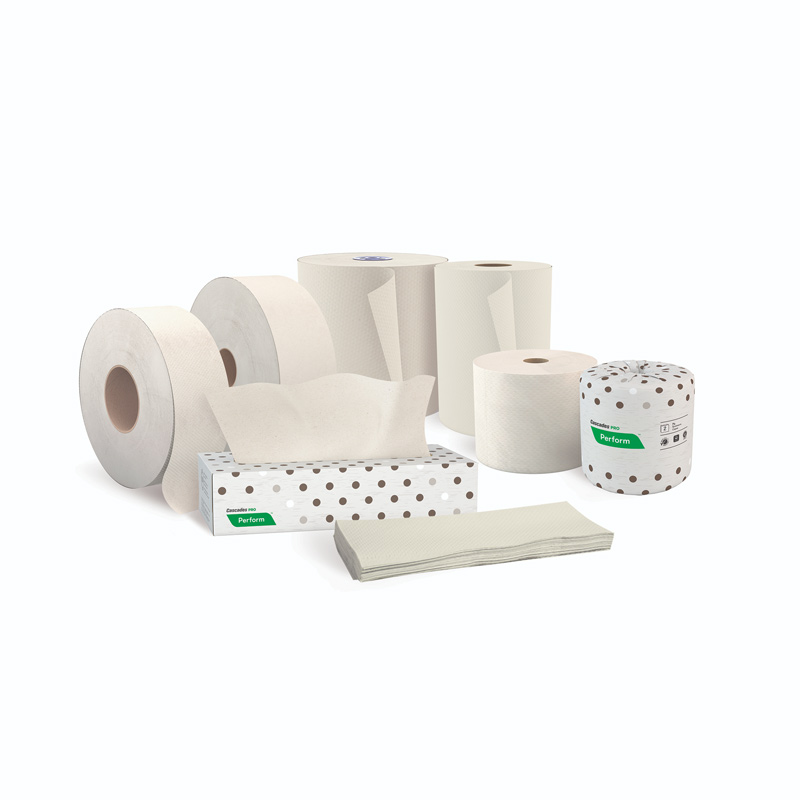1. Increased environmental awareness drives changes in consumer demand
As global climate change and plastic pollution problems become increasingly serious, public awareness of environmental protection has increased significantly. Especially in recent years, the problem of plastic pollution worldwide has attracted widespread attention. Plastic waste accumulates in large quantities in oceans and soil, causing damage to ecosystems and even affecting human health. Against this background, consumers' acceptance of plastic products, especially single-use plastic packaging materials, is gradually declining, and they are increasingly inclined to choose environmentally friendly and sustainable packaging solutions.
Frozen Packaging Film is a common plastic packaging material in daily life, and its potential impact on the environment has been widely discussed. Consumers not only pay attention to the appearance and functionality of packaging film, but also start to pay attention to whether it meets environmental protection standards and whether it can be effectively recycled, degraded or avoid environmental pollution after disposal. Therefore, when purchasing frozen food, many consumers will give priority to brands and products that use environmentally friendly packaging films.
2. The rise of degradable and bio-based materials
In response to the environmental issues of traditional plastic packaging, many manufacturers have begun to turn to degradable materials and bio-based plastics, especially in the production of Frozen Packaging Film. Biodegradable packaging materials can quickly decompose in the natural environment, thereby reducing the long-term impact of plastic pollution on the environment. Consumers are increasingly favoring frozen packaging films made from biodegradable or plant-based materials. These materials are usually extracted from natural plants such as corn, sugar cane, and wood pulp. They can decompose into water, carbon dioxide, and biomass under appropriate conditions, reducing plastics. long-term burden on the ecological environment.
For example, some companies have begun to use polylactic acid (PLA) materials to produce freezer packaging films. PLA is a bio-based plastic produced from renewable resources (such as corn starch or sugar cane). It has good degradability and meets many consumers' expectations for environmentally friendly packaging. Such materials not only effectively reduce the use of plastics, but also reduce carbon emissions caused by the oil refining process.
Biodegradable plastics and biodegradable packaging films also face some challenges, especially performance in frozen environments. Since frozen food requires stronger and moisture-proof packaging materials in low-temperature environments, how to ensure that these bio-based or degradable materials do not lose their original protective functions during the freezing process is still a major problem in R&D and production.
3. Recycling and recyclability requirements
In addition to degradable packaging films, consumers are also increasingly paying attention to the recycling of packaging materials. Traditional plastic freezer packaging films often become disposable waste after use and cannot be effectively recycled, further exacerbating the pressure of plastic pollution. In response to this problem, many consumers hope that frozen packaging films can use recyclable materials, which can re-enter the production chain through the recycling system, thereby reducing resource waste.
At present, some manufacturers have begun to use single-material packaging films. Such films are easy to recycle and avoid the problem that composite packaging films of multiple different materials cannot be effectively recycled. For example, materials such as polyethylene (PE) and polyethylene terephthalate (PET) are widely used in freezer packaging films. They not only effectively protect food, but can also be reused through appropriate recycling channels. Consumers have shown strong preference for these highly recyclable freezer packaging film materials.
Enterprises are also promoting the "circular economy" model, and more and more frozen packaging film manufacturers are beginning to participate in recycling programs to support the recycling and reuse of packaging and reduce the generation of plastic waste. Some brands have even adopted a recycling incentive mechanism to encourage consumers to return used packaging films to manufacturers and participate in resource recycling.
4. Supervision and standardization of environmentally friendly packaging
As environmental protection issues become increasingly severe, regulatory agencies around the world have begun to strengthen the management of plastic packaging. The European Union has implemented strict plastic packaging regulations, requiring packaging materials to meet certain environmental standards, and promoting the use of degradable and recyclable packaging materials. The United States, Canada and other countries have also introduced relevant laws one after another, putting forward clear requirements for the environmental protection of food packaging materials.
The introduction of these policies not only regulates corporate production behavior, but also reflects consumers' increasing emphasis on environmentally friendly packaging. In order to meet these regulatory requirements, major brands and manufacturers have also begun to pay more attention to the research and development and production of environmentally friendly packaging to ensure that their products can meet market demand.
5. Brand transparency and consumer concern about corporate responsibility
As consumers are increasingly paying attention to environmental issues, many consumers hope that the products they buy are not only environmentally friendly in packaging, but also reflect corporate social responsibility in the production process. Consumers not only pay attention to the function and safety of frozen packaging films, but also care about whether companies follow environmental protection standards during the production process, use sustainable raw materials, and participate in actions to reduce environmental impact.
Many brands have begun to openly and transparently display their environmental protection initiatives, providing information such as the source of packaging materials, production processes and recycling policies, to enhance consumers' trust. Brands can prove their investment and commitment to environmental protection to consumers through environmental certification, eco-labelling, etc., thereby winning the favor of more environmentally conscious consumers.

 +86 139-6715-0258
+86 139-6715-0258 
 Monday to Friday 8 am. to 6 pm.
Monday to Friday 8 am. to 6 pm. 
 English
English 中文简体
中文简体
